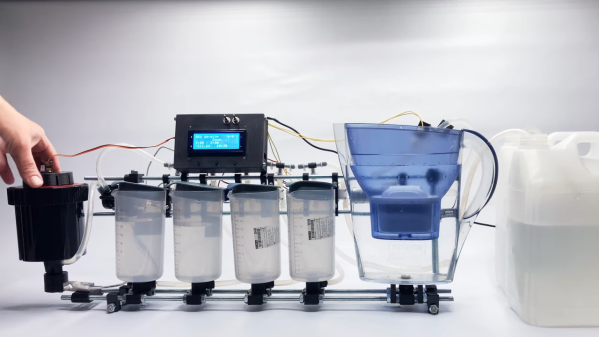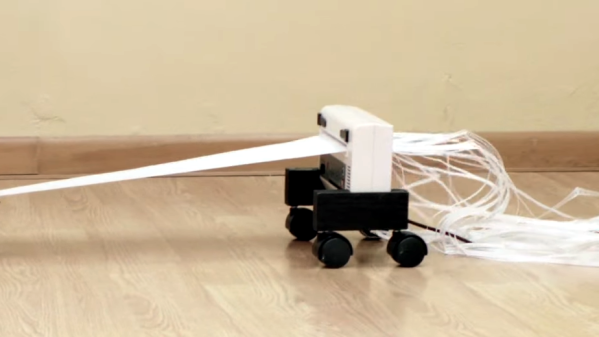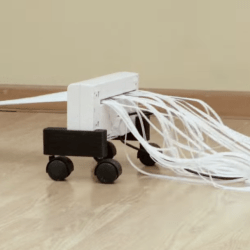This week Hackaday Editors Elliot Williams and Al Williams chew the fat about the Haier IOT problem, and all other top Hackaday stories of the week. Want to prove your prowess at C programming? Take a quiz! Or marvel at some hairy display reverse engineering or 3D-printed compressor screws. On the lighter side, there’s an immense water rocket.
After Al waxes nostalgic about the world of DOS Extenders and extended memory, the guys talk about detective work: First detecting AI-written material, and finally, a great detective story about using science to finally (maybe) crack the infamous DB Cooper hijacking case.
Follow along with the links below. Don’t forget to tell us what you think about this episode in the comments!
Here’s a string of bits containing the podcast that looks suspiciously like an MP3!
Continue reading “Hackaday Podcast Episode 254: AI, Hijack Guy, And Water Rockets Fly”



















